The recent update from DAERA on future agricultural policy clarified that the Basic Payment Scheme (BPS) will last one more year, before a transition to a new Farm Sustainability Payment (FSP) starts in 2025.
In addition, a new Beef Carbon Reduction Scheme will open in 2024, with the first payment likely to be made in the spring of 2025.
It is part of a beef sustainability package of measures that also includes a suckler cow scheme, due to open a year later in 2025, which will provide payments to farmers who calve heifers at younger ages and keep cows that have a live calf every year.
The aim of both schemes is to encourage farmers to focus on productive animals, which ultimately makes the entire sector more productive and resilient, while also reducing overall greenhouse gas emissions.
To be eligible for the Beef Carbon Reduction Scheme in 2024, prime beef cattle must be under 30 months at slaughter, moving in 2025 to under 28 months, less than 27 months in 2026 and under 26 months for 2027 and beyond.
Payment is only made on steers, heifers and young bulls born and raised in NI.
Funding the scheme
There are two main points to note about funding for the scheme:
Firstly, there is no new money. It will be funded by taking a slice off all direct payments to farmers.
To ensure that DAERA stays in line with UK obligations around World Trade Organisation (WTO) rules, the maximum that can be used to fund headage-type payments is 17%, which works out at approximately £50m/year.
It had originally been assumed that DAERA might allocate the bulk of this to the proposed suckler cow scheme.
But an even-split now seems more likely, or potentially even a greater share going to the beef scheme, as it will have a greater short-term impact on driving down greenhouse gas emissions from the wider beef industry.
Upper limit
Again, to stay within WTO rules, an upper limit must be set in the new beef scheme, with the Department indicating that support will be capped at 352,000 head.
This is in line with the total prime kill in recent years, although in 2022, a record beef kill saw this figure reach 373,485.
To fund a payment of £40/head to 352,000 prime cattle, DAERA would need to take £14.08m out of the direct payment budget, which equates to 4.8%. If the payment is set at £80/head, it would require £28.16m or 9.5%.
Lump sum
The second main point to note about funding is that the money is likely to come in one lump sum, potentially in the spring of the following year.
So, those with eligible cattle in 2024 will receive the relevant payment in 2025.
Later, in 2025, they also receive the new Farm Sustainability Payment (along with everyone else), which will have had a slice taken off to fund beef support paid earlier in the year.
Beef producers gain under new scheme
Assuming DAERA does decide to take £50m off all farmers to fund new beef schemes, cattle farmers will ultimately benefit at the expense of others.
Let’s take the example of a sheep and arable farmer with a current BPS of £30,000. In 2025, if DAERA opts for a £40/head payment for the Beef Carbon Reduction Scheme, this farm would end up with a new Farm Sustainability Payment (FSP) of £28,560.
If it is an £80/head beef payment, more needs to be taken off everyone and the farm in the example would see its FSP drop to £27,150.
Where 17% is removed by 2026 to fund both beef schemes, it equates to £5,100, and will reduce the FSP to £24,900.
It should be noted that there will be opportunities to access other support coming by way of new agri-environment type schemes, however, these will also have to be paid for by reducing the FSP budget.
Impact
Below, we look at three example beef farms and how they might potentially be impacted by the new Beef Carbon Reduction Scheme. Ultimately, it is impossible to be definitive at this stage, so the aim is simply to highlight some of the potential trends that might occur.
In addition, it is important to point out that the new FSP starting in 2025 will come with additional standards to be met, and longer term, the bulk of farm support is likely to transition to new agri-environment schemes (Farming with Nature).

Tables 6N
Scenario one
The first example is a 60ha suckler to beef farm with 55 suckler cows. To allow for heifers retained for breeding, the farm finishes 44 cattle/year, all of which are slaughtered at under 30 months. BPS is currently around the NI average per ha, leaving a total payment of £17,640. As shown in Table 1, this farm is set to receive marginally higher direct support in 2025. If the new beef scheme is paid at £40/head, it is an additional £963. If it is paid at £80/head, it is £1,844 more in farm payments.
Scenario two
The second scenario is a 60ha farm operating a calf to beef system mainly based on grazed grass.
It currently has an annual BPS of £24,000.
It is assumed that all 150 cattle are slaughtered at under 30 months in the first year of the new Beef Carbon Reduction scheme.
As shown in Table 2, if DAERA opts for a £80/head payment, it results in nearly £10,000 in additional direct payments coming to this farm in 2025 compared to in 2024.
Scenario three
The third scenario is an intensive beef finishing unit, slaughtering 500 cattle/year, with 60ha of owned land. The farm has a current BPS of £30,000.
As shown in Table 3, where the farm is able to slaughter all cattle under 30 months, it will result in a very significant increase in direct payments in 2025.
At a payment rate of £80/head, it is an additional £37,150 in income.
How much will beef finishers give away?
The examples clearly show a new Beef Carbon Reduction Scheme will lead to significant increases in direct payments to beef units.
However, experience from the Beef Special Premium that existed up to 2005, is that finishers will give a significant proportion of this away in what they pay for stores. To what extent this happens will partly depend on the weight-for-age of the animal. There may be less demand for a bullock only 500kg at 24 months, than one over 650kg at the same age.
It is also worth noting that in 2020, about 18% of prime cattle (60,783 head) were over 30 months at slaughter and a further 26% (92,872 head) were over 26 months (the Year 4 target). Assuming nearly all prime cattle at slaughter meet age limits in the new scheme, there will be a faster turnaround of cattle on beef farms, potentially creating higher demand.
Unless supply increases, will higher demand result in higher prices for stores? Will farmers respond by keeping more breeding animals?
There are many reasons to think numbers won’t increase. Within the beef scheme there is to be an upper limit of 352,000 head, while quotas are to apply in the suckler cow scheme due to start in 2025. In the dairy sector, restrictions around planning, lack of labour, etc, are all acting to keep numbers under control.
Read more
Steady decline in suckler and dairy herds
Farmers get one more year out of BPS
The recent update from DAERA on future agricultural policy clarified that the Basic Payment Scheme (BPS) will last one more year, before a transition to a new Farm Sustainability Payment (FSP) starts in 2025.
In addition, a new Beef Carbon Reduction Scheme will open in 2024, with the first payment likely to be made in the spring of 2025.
It is part of a beef sustainability package of measures that also includes a suckler cow scheme, due to open a year later in 2025, which will provide payments to farmers who calve heifers at younger ages and keep cows that have a live calf every year.
The aim of both schemes is to encourage farmers to focus on productive animals, which ultimately makes the entire sector more productive and resilient, while also reducing overall greenhouse gas emissions.
To be eligible for the Beef Carbon Reduction Scheme in 2024, prime beef cattle must be under 30 months at slaughter, moving in 2025 to under 28 months, less than 27 months in 2026 and under 26 months for 2027 and beyond.
Payment is only made on steers, heifers and young bulls born and raised in NI.
Funding the scheme
There are two main points to note about funding for the scheme:
Firstly, there is no new money. It will be funded by taking a slice off all direct payments to farmers.
To ensure that DAERA stays in line with UK obligations around World Trade Organisation (WTO) rules, the maximum that can be used to fund headage-type payments is 17%, which works out at approximately £50m/year.
It had originally been assumed that DAERA might allocate the bulk of this to the proposed suckler cow scheme.
But an even-split now seems more likely, or potentially even a greater share going to the beef scheme, as it will have a greater short-term impact on driving down greenhouse gas emissions from the wider beef industry.
Upper limit
Again, to stay within WTO rules, an upper limit must be set in the new beef scheme, with the Department indicating that support will be capped at 352,000 head.
This is in line with the total prime kill in recent years, although in 2022, a record beef kill saw this figure reach 373,485.
To fund a payment of £40/head to 352,000 prime cattle, DAERA would need to take £14.08m out of the direct payment budget, which equates to 4.8%. If the payment is set at £80/head, it would require £28.16m or 9.5%.
Lump sum
The second main point to note about funding is that the money is likely to come in one lump sum, potentially in the spring of the following year.
So, those with eligible cattle in 2024 will receive the relevant payment in 2025.
Later, in 2025, they also receive the new Farm Sustainability Payment (along with everyone else), which will have had a slice taken off to fund beef support paid earlier in the year.
Beef producers gain under new scheme
Assuming DAERA does decide to take £50m off all farmers to fund new beef schemes, cattle farmers will ultimately benefit at the expense of others.
Let’s take the example of a sheep and arable farmer with a current BPS of £30,000. In 2025, if DAERA opts for a £40/head payment for the Beef Carbon Reduction Scheme, this farm would end up with a new Farm Sustainability Payment (FSP) of £28,560.
If it is an £80/head beef payment, more needs to be taken off everyone and the farm in the example would see its FSP drop to £27,150.
Where 17% is removed by 2026 to fund both beef schemes, it equates to £5,100, and will reduce the FSP to £24,900.
It should be noted that there will be opportunities to access other support coming by way of new agri-environment type schemes, however, these will also have to be paid for by reducing the FSP budget.
Impact
Below, we look at three example beef farms and how they might potentially be impacted by the new Beef Carbon Reduction Scheme. Ultimately, it is impossible to be definitive at this stage, so the aim is simply to highlight some of the potential trends that might occur.
In addition, it is important to point out that the new FSP starting in 2025 will come with additional standards to be met, and longer term, the bulk of farm support is likely to transition to new agri-environment schemes (Farming with Nature).

Tables 6N
Scenario one
The first example is a 60ha suckler to beef farm with 55 suckler cows. To allow for heifers retained for breeding, the farm finishes 44 cattle/year, all of which are slaughtered at under 30 months. BPS is currently around the NI average per ha, leaving a total payment of £17,640. As shown in Table 1, this farm is set to receive marginally higher direct support in 2025. If the new beef scheme is paid at £40/head, it is an additional £963. If it is paid at £80/head, it is £1,844 more in farm payments.
Scenario two
The second scenario is a 60ha farm operating a calf to beef system mainly based on grazed grass.
It currently has an annual BPS of £24,000.
It is assumed that all 150 cattle are slaughtered at under 30 months in the first year of the new Beef Carbon Reduction scheme.
As shown in Table 2, if DAERA opts for a £80/head payment, it results in nearly £10,000 in additional direct payments coming to this farm in 2025 compared to in 2024.
Scenario three
The third scenario is an intensive beef finishing unit, slaughtering 500 cattle/year, with 60ha of owned land. The farm has a current BPS of £30,000.
As shown in Table 3, where the farm is able to slaughter all cattle under 30 months, it will result in a very significant increase in direct payments in 2025.
At a payment rate of £80/head, it is an additional £37,150 in income.
How much will beef finishers give away?
The examples clearly show a new Beef Carbon Reduction Scheme will lead to significant increases in direct payments to beef units.
However, experience from the Beef Special Premium that existed up to 2005, is that finishers will give a significant proportion of this away in what they pay for stores. To what extent this happens will partly depend on the weight-for-age of the animal. There may be less demand for a bullock only 500kg at 24 months, than one over 650kg at the same age.
It is also worth noting that in 2020, about 18% of prime cattle (60,783 head) were over 30 months at slaughter and a further 26% (92,872 head) were over 26 months (the Year 4 target). Assuming nearly all prime cattle at slaughter meet age limits in the new scheme, there will be a faster turnaround of cattle on beef farms, potentially creating higher demand.
Unless supply increases, will higher demand result in higher prices for stores? Will farmers respond by keeping more breeding animals?
There are many reasons to think numbers won’t increase. Within the beef scheme there is to be an upper limit of 352,000 head, while quotas are to apply in the suckler cow scheme due to start in 2025. In the dairy sector, restrictions around planning, lack of labour, etc, are all acting to keep numbers under control.
Read more
Steady decline in suckler and dairy herds
Farmers get one more year out of BPS





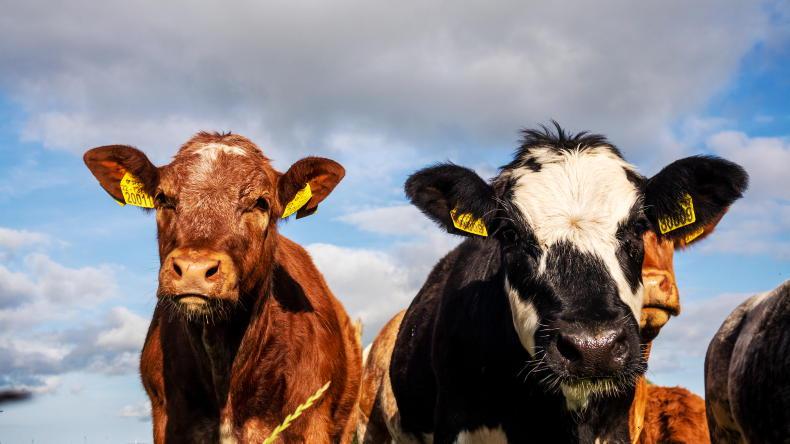
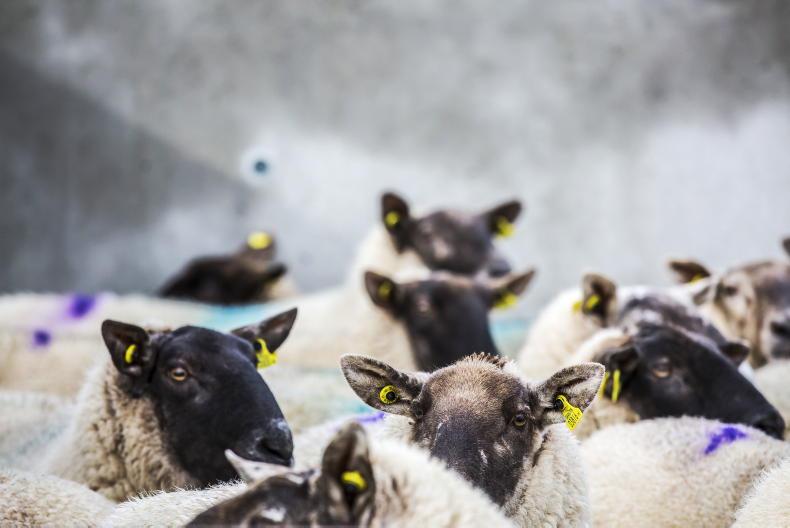
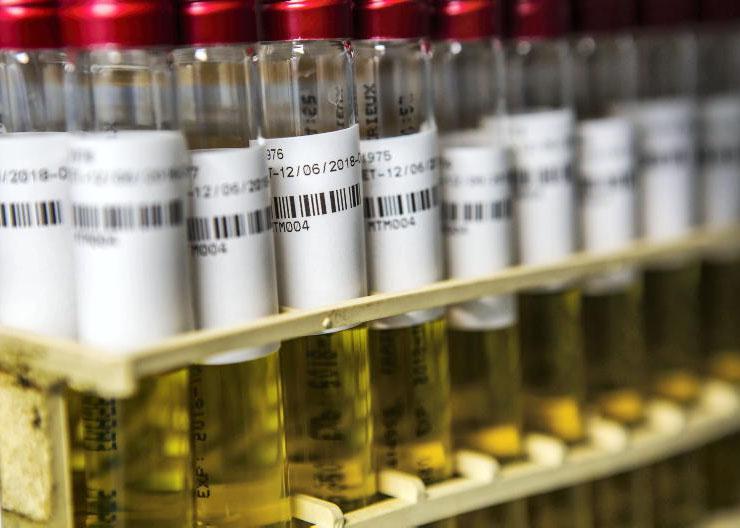
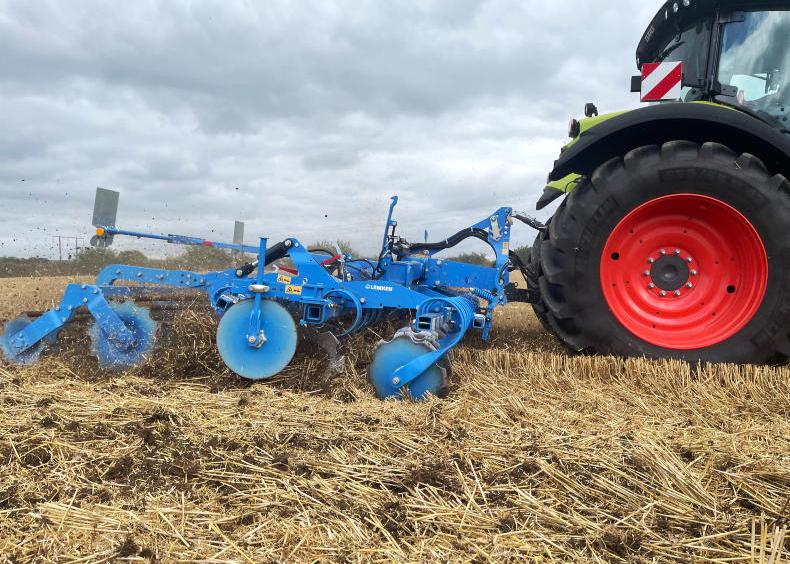
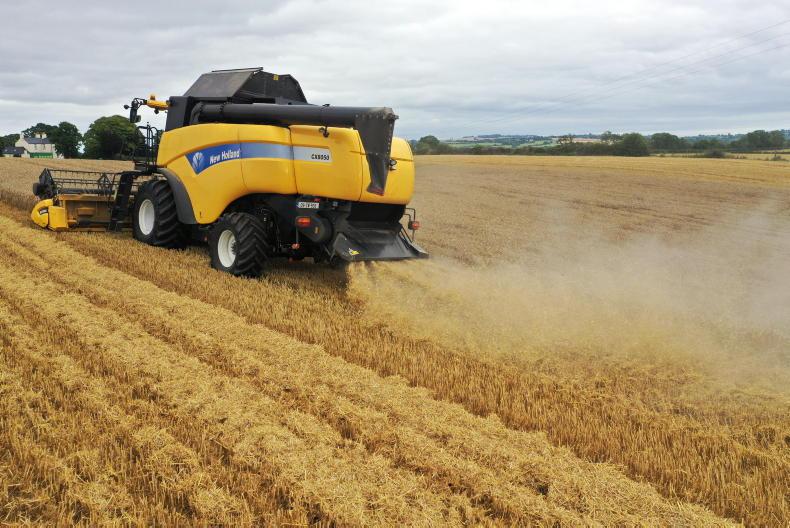
SHARING OPTIONS